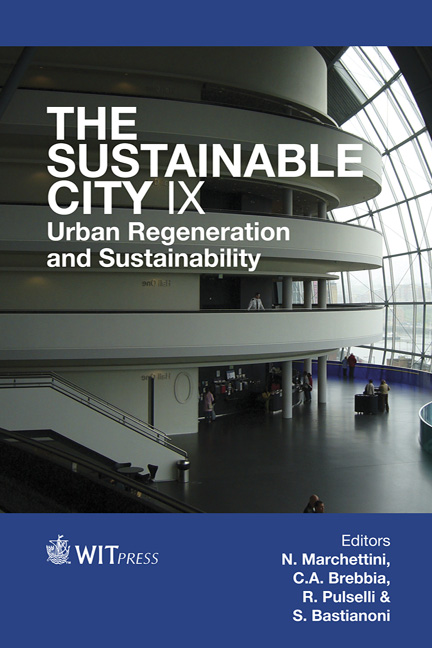The Application Of Hydrogels To Highly Polluted Effluents
Price
Free (open access)
Transaction
Volume
191
Pages
10
Page Range
1357 - 1366
Published
2014
Size
701 kb
Paper DOI
10.2495/SC141142
Copyright
WIT Press
Author(s)
G. Perillo, F. Sorrentino
Abstract
Hydrogels are a class of compounds formed of colloidal polymer chains of molecules dispersed in water, which have a high absorbent capacity and can be classified as biodegradable and biocompatible. The absorbent capacity of hydrogels is such that they can engage a quantity of liquid equal to approximately one thousand times their own weight. It is estimated, therefore, that one kilogram of this material can absorb up to one ton of water. In addition, hydrogels are able to change the physical appearance of the absorbed liquid by including its volatile components in their starting matrix so that the latter are immobilized and not dispersed into the atmosphere, which offers considerable advantages from an environmental point of view. The objective of this paper is to evaluate the potential applications of hydrogels, which are capable of absorbing large quantities of liquids within their matrix, changing their physical appearance and transforming them into gel. They also absorb highly volatile substances in order to prevent their release into the atmosphere even under high compressive stresses. The scope of their application lies in the remediation of contaminated sites, stemming the flow and underground migration of liquid contaminants and ensuring the safety of leachate collection sites.
Keywords
hydrogels, liquid contaminants, leachate





